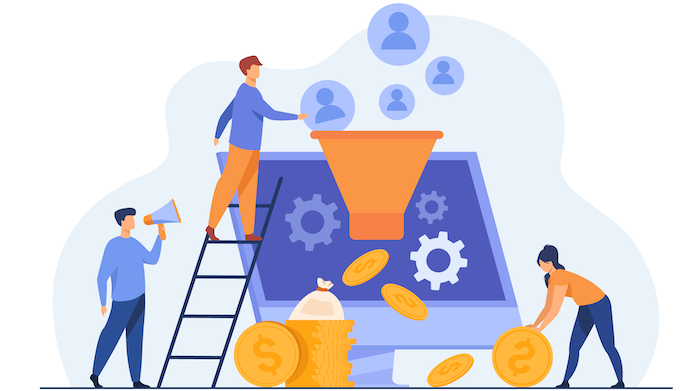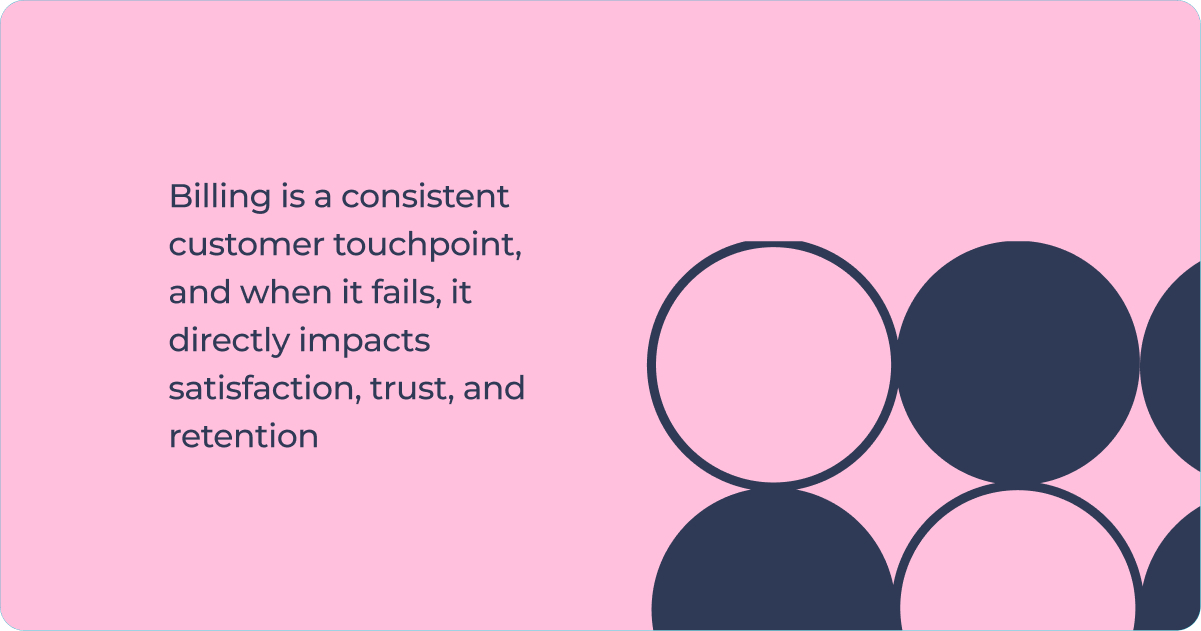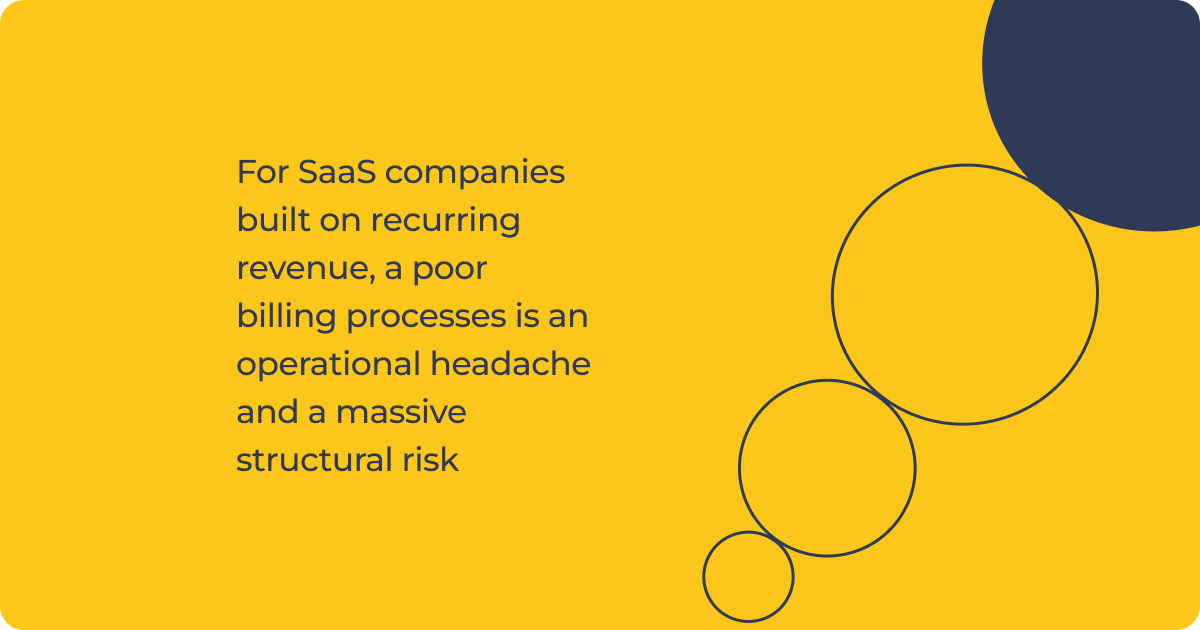(This blog was updated in 2025.)
Subscription revenue recognition remains a cornerstone for SaaS businesses.
Unlike traditional models, SaaS relies on subscription-based invoicing methods that can complicate revenue tracking and management. In this post, we’ll explore the unique aspects of SaaS revenue recognition, including deferred revenue, compare them to traditional business practices, and demonstrate how the right SaaS subscription management software can streamline and automate these processes.
Why Is Revenue Recognition Important?
Revenue recognition refers to recognizing sales as part of revenue. According to accounting rules, this happens when a product or service has been delivered to a customer.
For SaaS companies, it's both a compliance checkbox and a strategic necessity. Accurate revenue recognition ensures financial transparency, supports investor confidence, and aligns with standards like ASC 606, GAAP, and IFRS. Missteps can lead to tax exposure, valuation issues, and misleading performance metrics.
Doing revenue recognition manually is time-consuming, error-prone, and may even prevent bringing new offerings to market due to the increased workload. In 2025, with SaaS businesses scaling globally and adopting usage-based pricing models, manual processes are no longer viable.
Automation is key. Modern SaaS subscription management platforms allow finance teams to shift from routine data entry to strategic activities that drive growth.
SaaS Revenue Recognition: How Different Can It Be?
Traditional businesses selling one-time products can recognize revenue immediately. SaaS companies, however, operate on recurring billing and subscription models. Customers often pay upfront for services delivered over time—monthly, quarterly, or annually.
For example, if a SaaS customer pays for a full year in advance, the company cannot recognize the entire amount immediately. Instead, it must record most of it as deferred revenue and recognize it gradually as services are delivered.
Example: Revenue Recognition on a Subscription Model
- One-time deal: Services worth €12,000 delivered immediately → full payment recognized as revenue.
- SaaS subscription: A one-year subscription at €1,000/month billed upfront (€12,000 total).
- January: Recognize €1,000 as revenue; €11,000 remains deferred.
- February: Another €1,000 recognized; deferred revenue drops to €10,000.
2025 Trends Impacting SaaS Revenue Recognition
- Usage-Based Pricing (UBP): One survey found that over 59% of SaaS vendors expect usage-based models to dominate revenue streams, requiring real-time metering and billing logic.
- Hybrid Models: Combining fixed subscriptions with variable charges adds complexity to recognition schedules.
- Global Compliance: Multi-currency, tax automation (VAT/GST), and regional regulations demand advanced tools.
- AI-Powered Forecasting: Modern platforms use AI to predict churn, optimize pricing, and ensure accurate deferred revenue reporting.
- Automation: The Best Practice for Subscription Revenue Recognition
Adjustments for upgrades, downgrades, or cancellations add layers of complexity. Revenue cannot be recognized before service delivery, making upfront fees a liability until earned. Manual handling of these scenarios is error-prone and costly.
Why Automate?
- Accuracy: Eliminates human error in deferred revenue calculations.
- Compliance: Ensures adherence to ASC 606 and IFRS 15.
- Scalability: Handles thousands of subscriptions effortlessly.
- Insights: Provides real-time dashboards for MRR, churn, and revenue forecasts.
Modern SaaS subscription management tools offer end-to-end automation for recurring billing, subscription lifecycle management, and GAAP-compliant revenue recognition. These platforms integrate with CRMs, ERPs, and payment gateways, making them indispensable for scaling SaaS businesses.
Key Features to Look for in 2025 SaaS Subscription Management Software
- Recurring Billing Automation: Supports monthly, annual, and usage-based plans.
- Revenue Recognition Engine: ASC 606-compliant automation for deferred revenue.
- Flexible Pricing Models: Tiered, hybrid, and pay-as-you-go options.
- Dunning Management: Automated retries and churn prevention workflows.
- Global Compliance: Tax automation and multi-currency support.
- AI Analytics: Predictive insights for churn and upsell opportunities.



